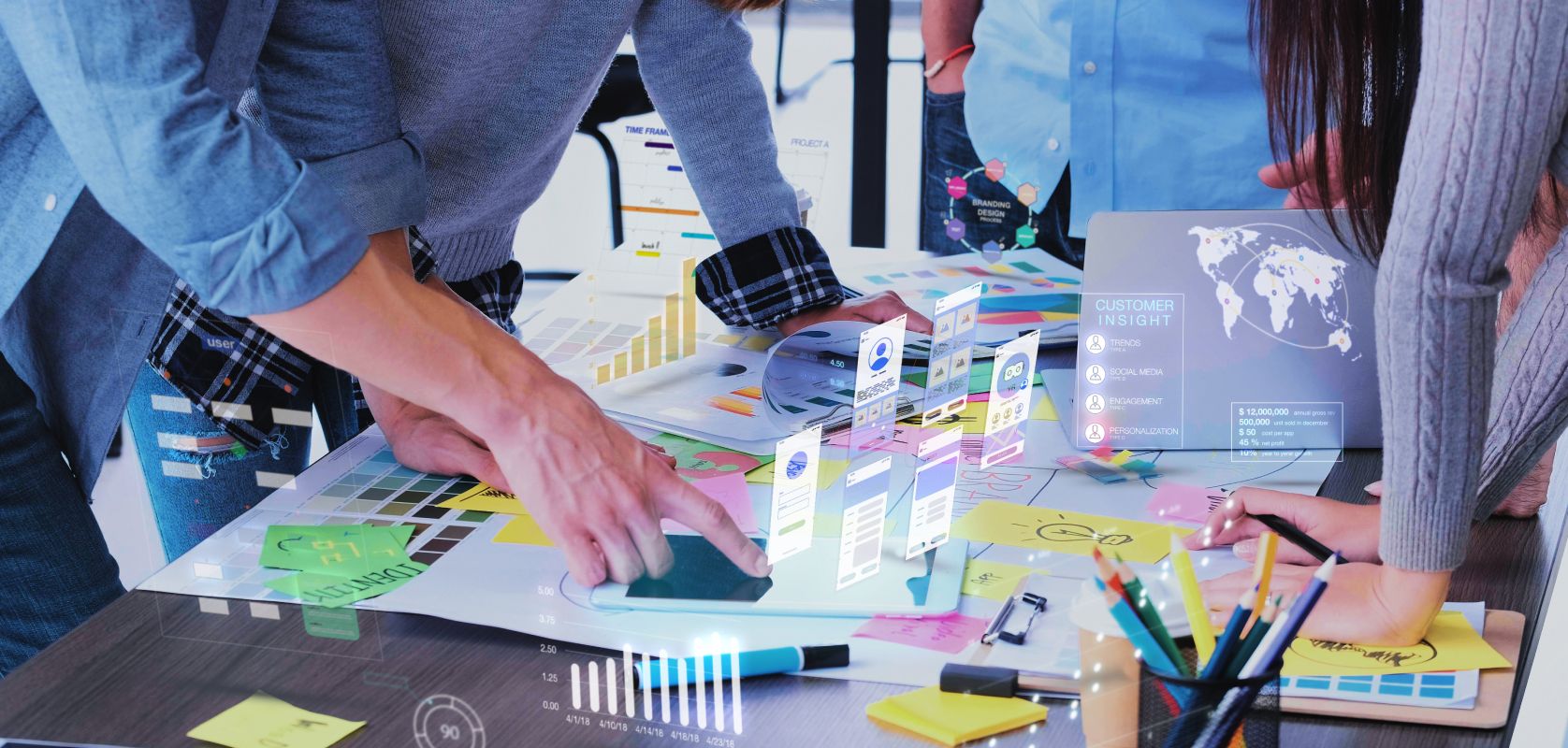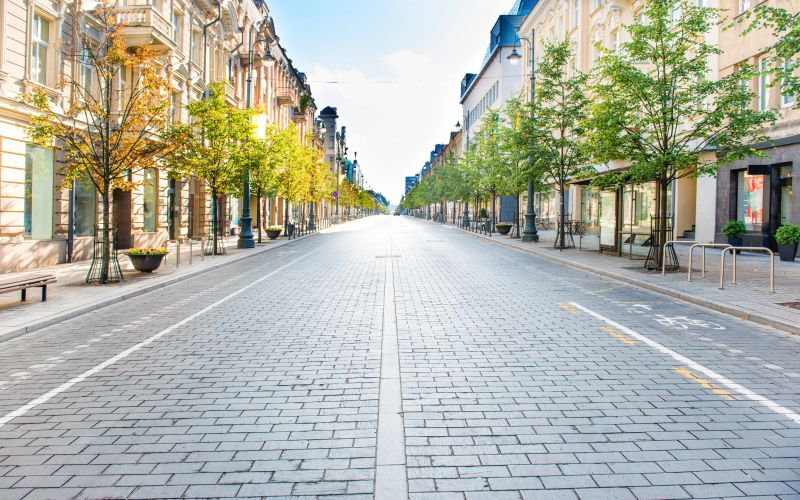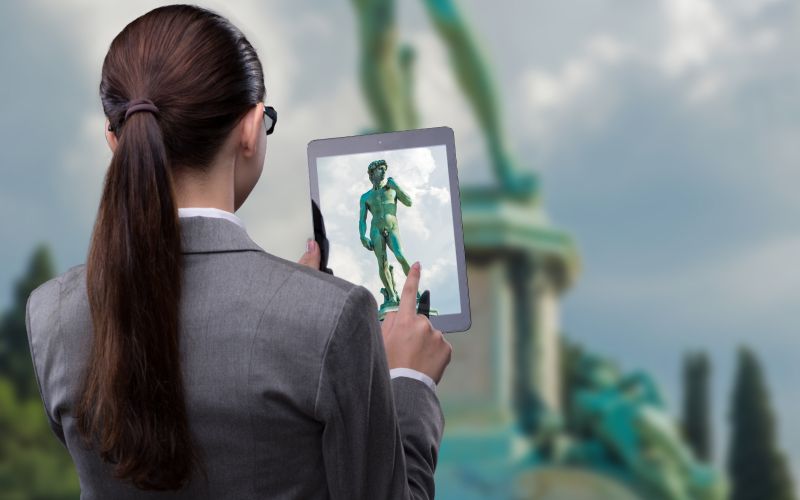GOVERNMENT AND PUBLIC SECTOR
Immersive Technologies in the Public Sector: The Role of AR, VR, and the Metaverse in Government Services
Immersive technologies like virtual reality (VR) and augmented reality (VR) have many uses and impacts in different economic sectors. For example, they have been implemented in the medical industry and the fashion industry to strengthen relationships and connections between products, services, and consumers. Lately, governments have commenced adopting extended reality (XR) technologies to enhance the provision of public services and to strengthen the relationship between citizens and public institutions.
Augmented Reality and Government Services
The COVID-19 pandemic has forced governments to implement strategies aimed at improving the way they deal with citizens, leading to a better output in public services. As a result, many government agencies worldwide have commenced implementing augmented reality (AR) solutions to respond to the most complex needs of citizens in a post-pandemic environment.
What is augmented reality (AR)
Augmented reality is a type of immersive technology that establishes interactions between virtually manufactured environments and the real world, as experienced by a person. To overlap virtual scenarios and human realities, AR uses technological devices such as smartphones, tablets, and computers. Through augmented reality, users can introduce digitally rendered objects into their perspective of reality.Hence, this technology has various uses in sectors that require strong social interaction, such as education and the public sector.
Applications of AR in Governments Services
AR has supported public sector activities in different ways. For example, officials have used AR technologies to approach data concerning public policies and how citizens respond to them. Also, decision-makers and stakeholders have relied on AR to analyse how specific governments relate to poverty alleviation, equality, political participation, inclusion, and social justice.
E-governance, citizen engagement, and e-services
Institutions have used AR solutions to improve the experience of reading policies, legal, and regulatory documents. They have allowed citizens to see how particular public works, such as water and energy facilities, will look in their neighbourhood prior to build.
Asset management and maintenance
AR technologies have allowed citizens to see how street maintenance will be carried out in the future.
Public safety and emergency services
Through AR, institutions and officials have visualised how to respond to emergency events, such as natural disasters. Thus, they have been able to design measures to permanently protect citizens' lives by developing evacuation routes or emergency assistance services.
Public health, wellness, and sustainability
Public institutions have created environments where they can view and interact with information about a rural area, a neighbourhood, or a district.
Transportation and urban mobility
Citizens can see how transportation systems work using AR devices. They can visualise traffic incidents, scheduling, and route changes in real-time.
Culture, heritage, and tourism
Cultural institutions can use AR technologies to disclose information on tourism, heritage, and culture in cities and touristic attractions.
The Role of Virtual Reality (VR) in Government Services
Like AR, virtual reality has played a significant role in government services. For example, in Australia, VR has become essential support for firefighting and social service institutions since it has increased accessibility for all citizens.
What is virtual reality (VR)
Virtual reality has been perceived as a "technology of the future". VR allows you to contemplate a new environment with real-looking scenes, objects, and people through specific devices. Users are immersed in a virtual world by utilising technological devices, such as headsets. This world is, indeed, felt like their own. Today, governments use virtual reality for different purposes, such as enhancing services and solidifying their connections with the citizens.
Applications of VR in Governments Services
Through virtual reality, government contractors have the means to provide social services to citizens, with unprecedent effectiveness.
Simulations
VR provides opportunities for institutions to improve their relationship with citizens in various situations. It can give specialised training to officials to protect the lives of citizens in different areas. In addition, through VR, police, military, and emergency teams can create adequate responses in life-threatening circumstances, such as wars and natural disasters.
Immersive experiences
Like AR, VR allows citizens to visualise and interact with public spaces. People can contemplate national monuments, parks, or museums through virtual reality devices. Additionally, they can see and interact with iconic sites at specific moments in history.
Interaction
Officials and citizens can use VR technologies to visualise infrastructure projects. For example, they can contemplate how an avenue, a park, or an aqueduct system will be built. Moreover, they can see how public works maintenance develops in a city, a neighborhood, or a district.
Education, health, and social security services
Virtual reality can improve education, health, and social security policies. In addition, officials can use the information collected from VR technologies to design better social assistance projects for communities and people.
Metaverse, Immersive Technologies, and Governments
The technological narrative of the metaverse has moved at the forefront of businesses, industries, and governments’ agendas. Governments and public institutions must carefully analyse their digital transformation strategies to ensure best practices are adopted towards the metaverse of the future.











